-

M-Tolidine CAS:84-67-3
M-Tolidine, also known as 3-methylbenzidine, is a chemical compound with the molecular formula C13H14N2. It is utilized in various industrial applications due to its unique properties and reactivity, particularly in the field of organic synthesis and analytical chemistry.
-
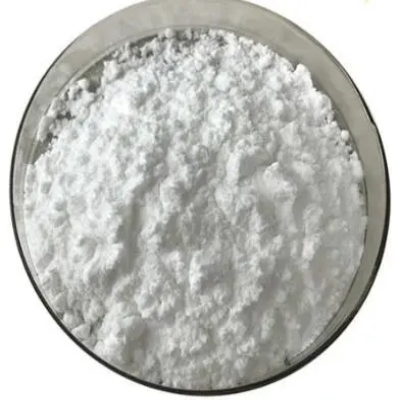
D-Tryptophanol CAS:52485-52-6
D-Tryptophanol is a naturally occurring compound classified as an amino alcohol, widely utilized in pharmaceuticals, food, and fragrance industries due to its unique chemical properties. As a chiral building block, D-Tryptophanol possesses distinct stereochemical attributes, making it valuable for synthesizing various compounds. Its molecular structure and versatility position it as a crucial ingredient in numerous products.
-

L-Methionionl CAS:2899-37-8
L-Methioninol is a natural compound categorized as an amino alcohol and is part of the methionine family. With its unique chemical properties, it finds applications in industries such as pharmaceuticals, food, and fragrance. As a chiral building block, L-Methioninol possesses distinct stereochemical attributes, making it valuable for synthesizing various compounds. Its molecular structure and versatility position it as a crucial ingredient in numerous products.
-

D-Valinol CAS:4276-09-9
D-Valinol is a naturally occurring compound classified as an amino alcohol, widely utilized in pharmaceuticals, food, and fragrance industries due to its unique chemical properties. As a chiral building block, D-Valinol possesses distinct stereochemical attributes, making it valuable for synthesizing various compounds. Its molecular structure and versatility position it as a crucial ingredient in numerous products.
-

L-Phenylalaninol CAS:3182-95-4
L-Phenylalaninol, a natural compound belonging to the amino alcohol family, is widely utilized in pharmaceuticals, food, and fragrance industries due to its unique chemical properties. As a chiral building block, L-Phenylalaninol possesses distinct stereochemical attributes, making it valuable for synthesizing various compounds. Its molecular structure and versatility position it as a crucial ingredient in numerous products.
-

L-Leucinol CAS:7533-40-6
L-Leucinol is a natural compound classified as a branched-chain amino alcohol. It holds significance in industries such as pharmaceuticals, food, and fragrance due to its unique properties. As a chiral building block, L-Leucinol offers distinct stereochemical attributes that make it valuable for synthesizing a variety of compounds. Its molecular structure and versatility position it as a crucial ingredient in numerous products.
-
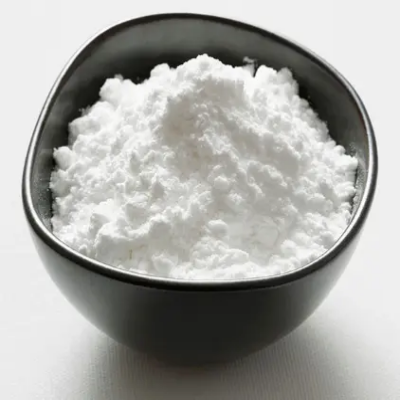
D-Tyrosinol CAS:58889-64-8
D-Tyrosinol is a naturally occurring compound categorized as an amino alcohol, widely employed in pharmaceuticals, food, and fragrance industries due to its unique chemical properties. As a chiral building block, D-Tyrosinol possesses distinct stereochemical attributes, making it valuable for synthesizing various compounds. Its molecular structure and versatility position it as a crucial ingredient in numerous products.
-
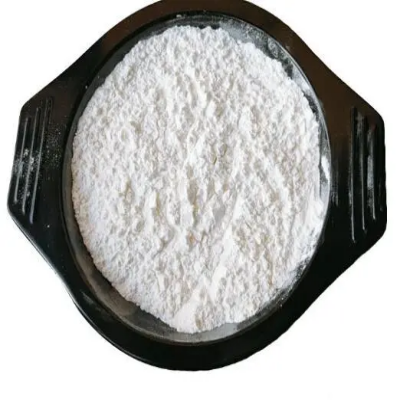
D-Prolinol CAS:68832-13-3
D-Prolinol is a naturally occurring amino alcohol extensively used in pharmaceuticals, food, and fragrance industries due to its unique chemical properties. As a chiral building block, D-Prolinol possesses distinct stereochemical attributes, making it valuable for synthesizing various compounds. Its molecular structure and versatility position it as a crucial ingredient in numerous products.
-
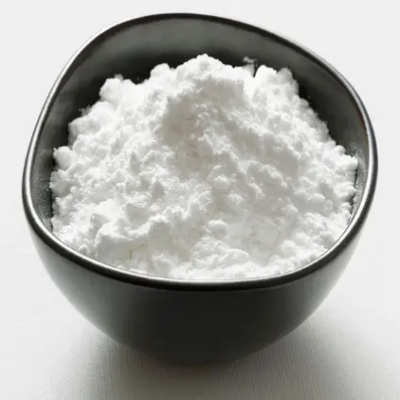
L-Phenylglycinol CAS:20989-17-7
L-Phenylglycinol is a natural compound classified as an amino alcohol, widely employed in pharmaceuticals, food, and fragrance industries due to its unique chemical properties. As a chiral building block, L-Phenylglycinol possesses distinct stereochemical attributes, making it valuable for synthesizing various compounds. Its molecular structure and versatility position it as a crucial ingredient in numerous products.
-

D-Threoninol CAS:44520-55-0
D-Threoninol is a naturally occurring compound classified as an amino alcohol, widely utilized in pharmaceuticals, food, and fragrance industries due to its unique chemical properties. As a chiral building block, D-Threoninol possesses distinct stereochemical attributes, making it valuable for synthesizing various compounds. Its molecular structure and versatility position it as a crucial ingredient in numerous products.
-

D-Phenylglycinol CAS:56613-80-0
D-Phenylglycinol is a natural compound classified as an amino alcohol and is widely utilized in pharmaceuticals, food, and fragrance industries due to its unique chemical properties. As a chiral building block, D-Phenylglycinol possesses distinct stereochemical attributes, making it valuable for synthesizing various compounds. Its molecular structure and versatility position it as a crucial ingredient in numerous products.
-
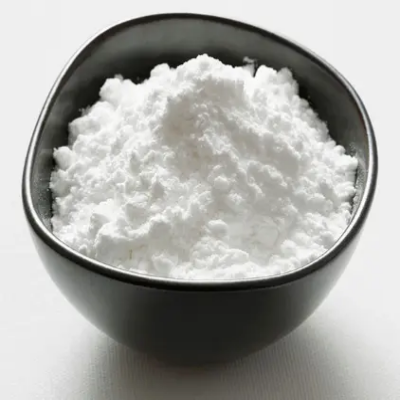
2,2-Bis(4-(4-Maleimidephenoxy)Phenyl)Propane CAS:79922-55-7
2,2-Bis(4-(4-maleimidephenoxy)phenyl)propane, also known as BMI, is a chemical compound with the molecular formula C33H24N2O4. It belongs to the group of maleimide-based compounds and is used in various industries due to its unique structure and reactivity. BMI exhibits excellent thermal stability and is valued for its applications in polymer chemistry, composites, and advanced material synthesis.

